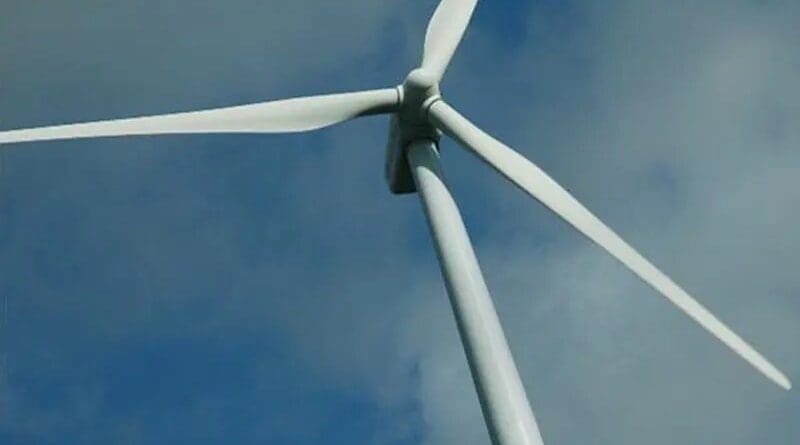Saudi Arabia: Potential For Wind Power As Significant Energy Resource
Using outputs from a high-resolution regional climate model, KAUST researchers have confirmed the potential for wind as a significant energy resource across the Arabian Peninsula. This is an important first step in developing a strategy for Saudi Arabia’s wind energy sector.
As part of an ongoing collaboration with the University of Notre Dame in the United States, Marc Genton’s research group recently turned its attention to how the latest regional climate models might inform an analysis of the potential for wind power across the Arabian Peninsula–a region that has very little recorded wind speed data, but also has complex topography and diverse terrain and meteorology.
“Saudi Arabia has mostly relied on fossil fuels for its energy needs, but this is changing due to the rising energy demand resulting from industrial development, urbanization and growth of its population,” explained Wanfang Chen, a doctoral student in Genton’s team. Wind power could therefore become a significant source of renewable energy, but the scale of the wind energy resource has yet to be rigorously quantified.
As direct wind-speed measurements are available only for very sparse locations across the peninsula, an assessment of the potential for wind as an energy source over the whole region is not feasible based solely on observational data. Computer simulations can help, but previously could not deliver the spatial or temporal resolution needed to accurately characterize resources for wind-farm planning in this region.
Through its collaboration with Notre Dame, Genton’s group used the high-resolution data of the recently developed Middle East North Africa (MENA) model of the International Coordinated Regional Climate Downscaling Experiment (CORDEX) to investigate possible changes in wind resources as a result of climate change.
“While we knew the Saudi Arabia has regions of high wind-power density, particularly along the Red Sea coast and over areas in the southeast and adjacent to the Persian Gulf, this work revealed considerable potential for wind energy in other regions during specific seasons,” said Chen.
The MENA-CORDEX model also predicts a number of high-potential areas to consistently project high wind-power density for many decades into the future, making these areas promising locations for harvesting wind energy.
“Our study emphasizes the potential of using such models to infer spatio-temporal variations of wind resources under current and future climate conditions,” said Chen. “We are planning to expand this work to higher resolution simulations that will provide unique insights for wind farm planning.”

